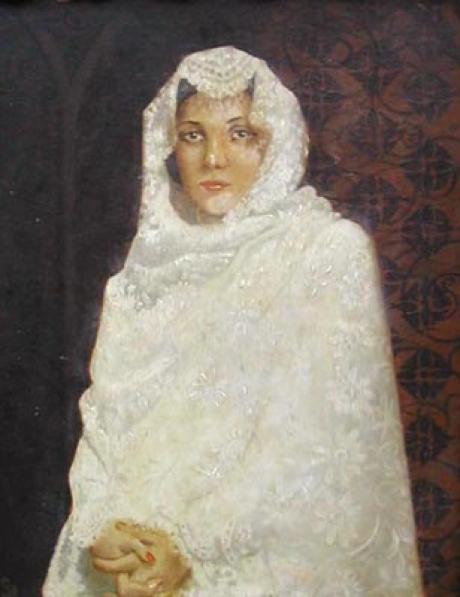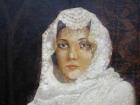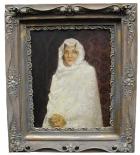The Arts and Crafts movement was an international movement in the decorative and fine arts that flourished in Europe and North America between 1880 and 1910, emerging later in Japan in the 1920s. It stood for traditional craftsmanship using simple forms and it often used medieval, romantic or folk styles of decoration. It advocated economic and social reform and has been said to be essentially anti-industrial. Its influence was felt in Europe until it was displaced by Modernism in the 1930s and continued among craft makers, designers and town planners long afterwards. The term was first used by T. J. Cobden-Sanderson at a meeting of the Arts and Crafts Exhibition Society in 1887.although the principles and style on which it was based had been developing in England for at least twenty years. It was inspired by the writings of the architect Augustus Pugin (1812–1852), the writer John Ruskin (1819–1900) and the artist William Morris (1834–1896). The movement developed earliest and most fully in the British Isles and spread across the British Empire and to the rest of Europe and North America. It was largely a reaction against the perceived impoverished state of the decorative arts at the time and the conditions in which they were produced.
English
School 20th
Century
Portrait of an Elegant Lady in White Shawl before a decorative Arts and Crafts Background.
Lady in White Shawl before an Arts & Crafts Wall
oil on canvas
55.88 x 43.18 cm. (22 x 17 in.)
£1500
Notes



